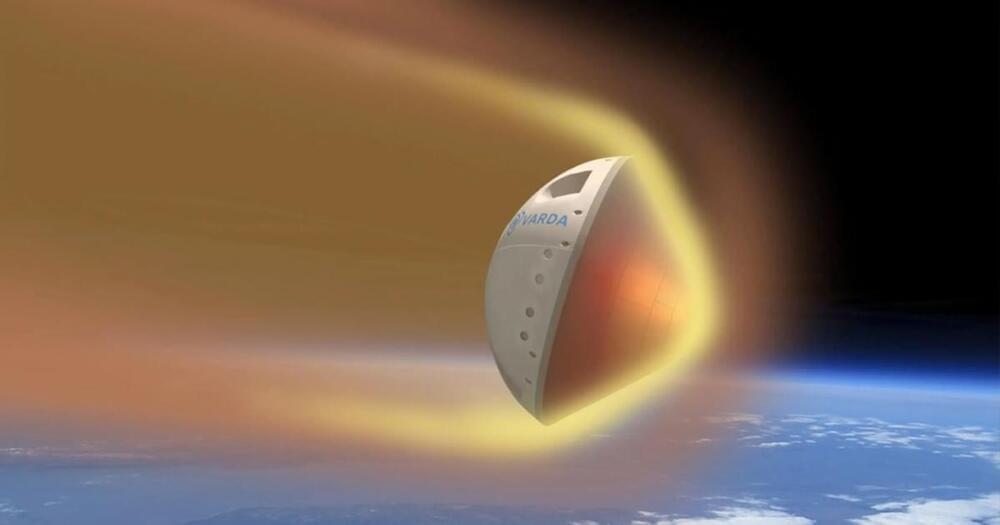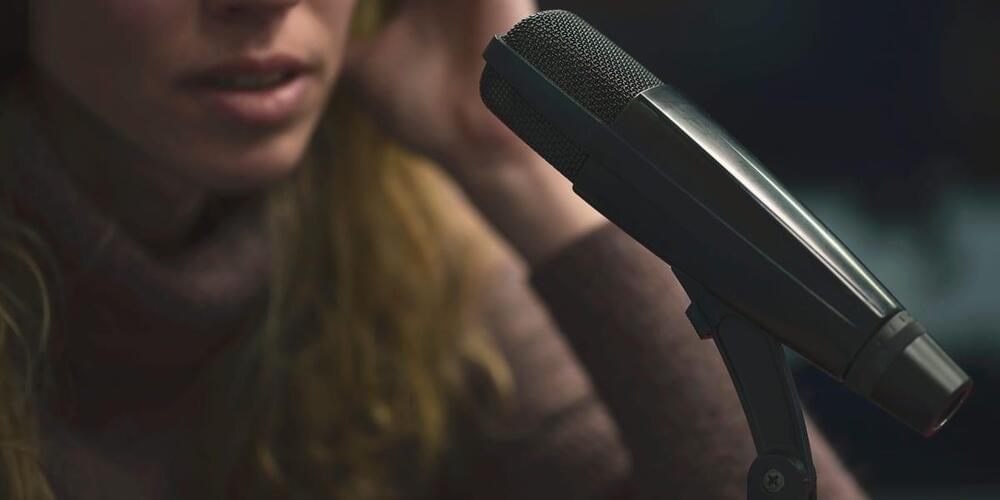ALBUQUERQUE, N.M. — A team at Sandia National Laboratories is developing materials to tackle what has become one of the biggest problems in the world: human exposure to a group of chemicals known as PFAS through contaminated water and other products. Sandia is now investing more money to take their research to the next level.
“It’s in the news constantly. It seems every day we hear of another product that is contaminated. We saw sparkling water with PFAS, toilet paper with PFAS, so it’s not just a groundwater problem; it’s popping up everywhere,” said Andrew Knight, a chemist at Sandia who has a passion for solving PFAS contamination. “It has become clear to the world it is a growing problem. It is a national security issue of a large scale.”
PFAS, an abbreviation for perfluoroalkyl and polyfluoroalkyl substances, are a group of chemicals used to make fluoropolymer products that resist heat, oil, stains and water. They are also known as “forever chemicals” because they do not break down in the environment but can move through soil and water and build up in wildlife and humans.








